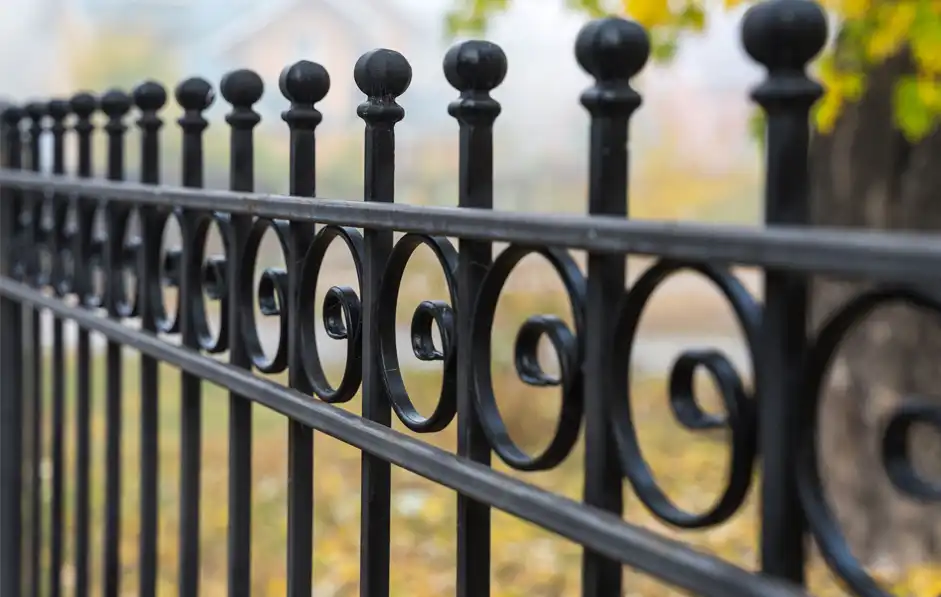All Categories
Featured

Identifying the indicators that your fencing requires to be replaced can help you prevent additional damage and keep the safety and security and look of your building. Below are some key indicators that it's time to replace your fencing.

- Visible Damages or Damage
One of one of the most apparent indications that your fence needs to be changed is visible damages. Whether it's from weathering, crashes, or parasites, any type of major splits, splintering, or missing boards can substantially minimize the architectural stability of your fence. Replacing the whole fencing may be much more cost-effective in the long run. if the damage is extensive and goes past simply a couple of repair work.
- Leaning or Sagging
A drooping or leaning fencing is a clear indication of a trouble. Also if the fence appears to be leaning a little, it can be an indication of underlying structural issues that could get worse with time.
- Decaying or Decaying Timber

Wood fences are specifically susceptible to rot and decay, especially in areas that experience high levels of moisture or humidity. If you see that parts of your wooden fencing are soft, discolored, or have noticeable mold, these are all indicators of rot.
- Rust and Corrosion (For Metal Fencings)
If you have a metal fence, corrosion and rust are typical signs of deterioration,. Over time, direct exposure to snow, moisture, and rain can trigger metal fencings to develop corrosion spots, which can spread out and weaken the framework. While minor rusting can sometimes be fixed, substantial rusting or rust may make the fence hazardous and demand a complete substitute. If you see any type of substantial weakening or big locations of corrosion, it may be time to take into consideration replacing your steel fence.
- Fence No More Fulfills Your Needs
One more factor to replace your fencing could be that it no longer offers its designated purpose. With time, your requirements may alter-- maybe you need a higher fence for even more personal privacy or a more powerful one for increased security. If your fence no more meets your demands or doesn't straighten with your present preferences, it may be time to upgrade to a brand-new, a lot more functional design.
- Fading and Discoloration
While fading and staining are usually aesthetic problems, they can still indicate that your fence is maturing. Direct exposure to UV rays and rough weather condition can cause fencings to shed their initial color, making them look plain and worn. If the fading is extensive and you have actually currently attempted discoloring the fencing and cleaning up, it might be time to change it to restore the look of your home.
- Frequent Repair Services
If you discover on your own continuously fixing your fence, it might be a sign that the fencing is nearing completion of its life expectancy. While small repairs can extend the life of a fence, constant fixes may suggest that the framework is no longer stable. In this case, it might be much more affordable to change the whole fencing as opposed to continuing to spend in repairs.
Conclusion
Changing a fence is a substantial financial investment, yet it is essential for maintaining the personal privacy, aesthetic, and safety charm of your property. If your fence is revealing indications of damages, rot, leaning, or other structural concerns, it's crucial to analyze whether a replacement is needed. By determining these caution indicators beforehand, you can make educated decisions regarding when to change your fence, guaranteeing your building stays secure and aesthetically appealing for several years ahead.
Latest Posts
Find Out Reduce Expenses on Car Maintenance with Montclare Auto Repair’s Limited-Time Deals
Published May 27, 25
1 min read
Check Out Cost-Effective Auto Repairs with Montclare’s Exclusive Service Specials
Published May 24, 25
1 min read
Discover Strathmere’s Seaside Haven: Relax, Savor, and Stay at Deauville Inn
Published May 21, 25
2 min read
More
Latest Posts
Find Out Reduce Expenses on Car Maintenance with Montclare Auto Repair’s Limited-Time Deals
Published May 27, 25
1 min read
Check Out Cost-Effective Auto Repairs with Montclare’s Exclusive Service Specials
Published May 24, 25
1 min read
Discover Strathmere’s Seaside Haven: Relax, Savor, and Stay at Deauville Inn
Published May 21, 25
2 min read